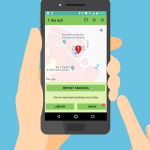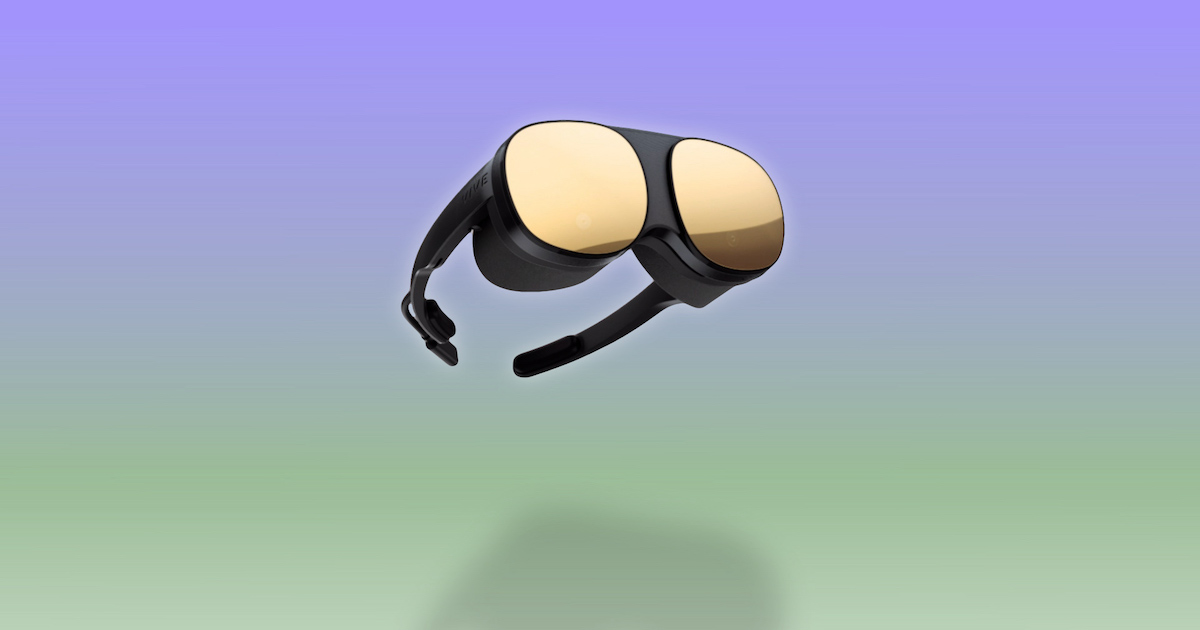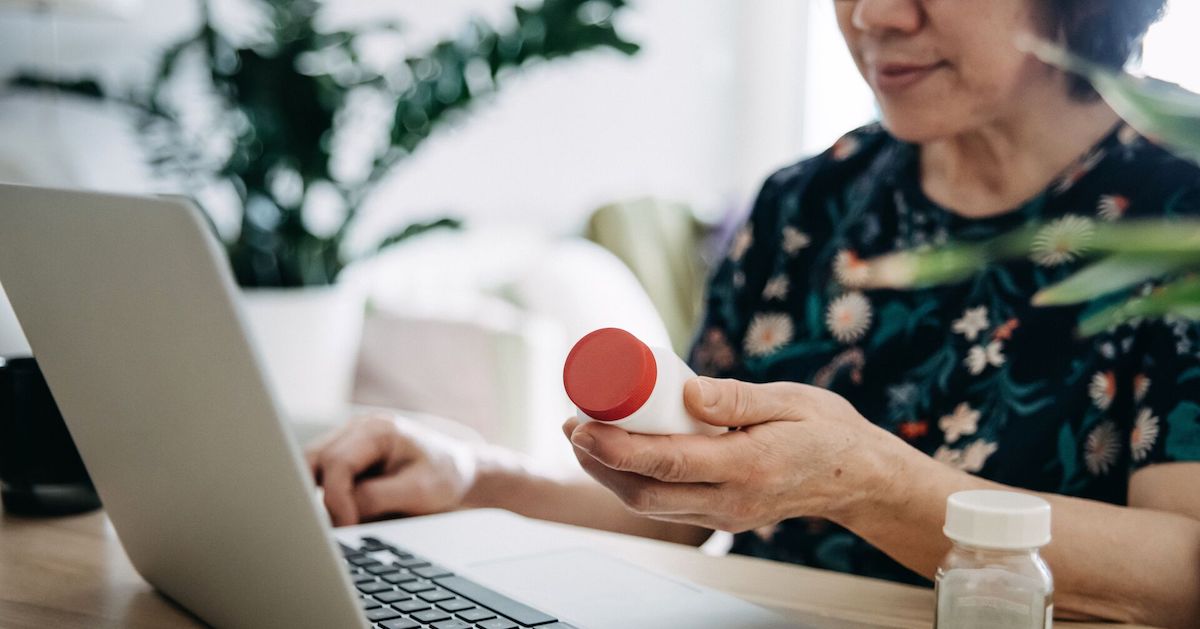Osso VR is a virtual reality surgical training and assessment platform that allows users to practice surgical techniques independently or with a team in an immersive environment.
The company’s founder and CEO, Dr. Justin Barad, who is also a practicing pediatric orthopedic surgeon at UCLA’s Orthopaedic Institute for Children, spoke with MobiHealthNews about Osso VR’s fundraising and what the company aims to accomplish as it grows.
MobiHealthNews: Osso VR garnered $27 million in Series B funding in 2021 and $66 million in Series C funding last year. Have you found seeking investment for the company’s extended reality experience challenging?
Dr. Justin Barad: Well, fundraising is always hard, and fundraising for XR/VR has had periods where it is very difficult. In the early days, like around when we got started in 2016, I would say that XR was like saying that last year you had an NFT company, or this year you have a GenAI company. It was the hot thing, and it was very easy to get started — too easy. I thought, “Oh, this is going to be great.” And then there have been sort of several VR/XR downturns where people are just very bearish on the technology, and certainly we experienced that.
I’d say the Series A was probably pretty challenging both because of a little bit of that mentality, but also COVID had just started. So that was initially very difficult, but then immediately it just [did a 180] when people realized technology like this would be critical.
There are a lot of challenges in the XR space, and hardware is hard. You see Meta just putting a lot of money into it and still it hasn’t really seemed to reach fruition. And then, content needs to be developed for XR, which can be quite challenging. And I think that’s where a lot of people struggle in this space, developing enough high-quality content fast enough, affordably enough. And I think that’s where a lot of the technology stacks come in. But that is getting better as companies like ours are sort of leading the pack and getting more mature and developing tooling and automation. And certainly, generative AI has the promise of really accelerating XR and VR content creation. It’s not there yet. It’s already helping in many ways, but it’s kind of the promise of generating real-time, 3D models that are textured, and especially that are specialized in our space for medical education and things that sometimes need to be regulated is very interesting.
MHN: What’s next for the company?
Barad: We have a lot of stuff in the pipe. I think our focus for this year is around really broadening access in our core spaces. So we simulate all surgery. We’ll do any specialty, but we have a couple of areas that are a focus for us to develop a holistic kind of training program, which includes industry, academic medical centers and professional societies. So those spaces for us are orthopedic spine and cardiology, or like the interventional space broadly because that includes peripheral vascular surgery, neurovascular, et cetera, but anything you’re doing through a catheter.
We’re also working with academic medical centers, like UCLA [University of California Los Angeles], for example, and UCSF [University of California San Francisco] and others, to develop residency-based curriculums and then also professional societies. So we’re partnered with the American College of Cardiology to develop a content curriculum for interventional cardiologists.
And so our vision is that we’d like to make Osso VR standard for all training, both when you’re in your formal training, which is residency and fellowship, and beyond. And also, how can we dial in more of the fine motor movements of your hands and the cutaneous haptic experiences? So that’s another focus there of just always pushing the edge in what’s realistic, but also educational, and leading with a real-world value.
Studies are a big focus for us. So we have some really exciting studies that in a laboratory setting Osso VR works unbelievably well. So now we want to start looking at, how is this affecting patients and in the operating room? And eventually patient outcomes. So we have some longitudinal studies. We’re actually following people over six months to see how Osso VR is going to affect their patient care, which is really exciting.
With technology like this and other technologies, like robotics, we can really make care so consistent and we can make results much more predictable and optimized for patients everywhere, no matter who they are.
Didi Davis will offer more detail during the HIMSS23 session “The Sequoia Project: Interoperability Matters Process for Improving Data Usability.” It is scheduled for Tuesday, April 18, at 4:15 p.m. – 5:15 p.m. CT at the South Building, Level 1, room S100 C.






